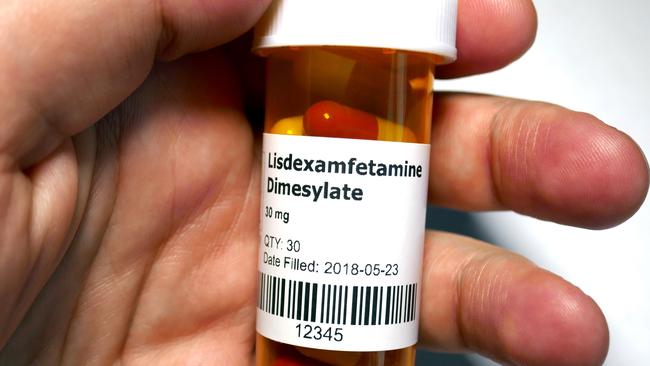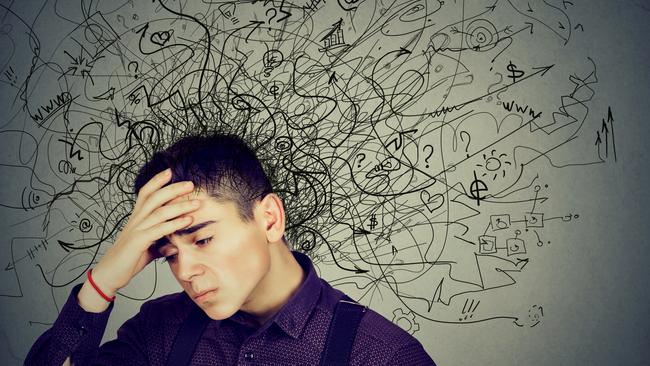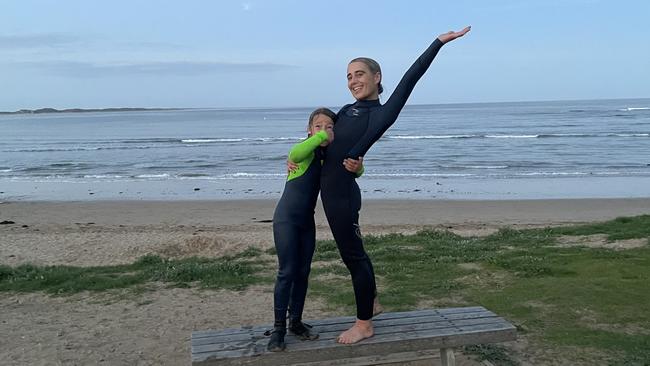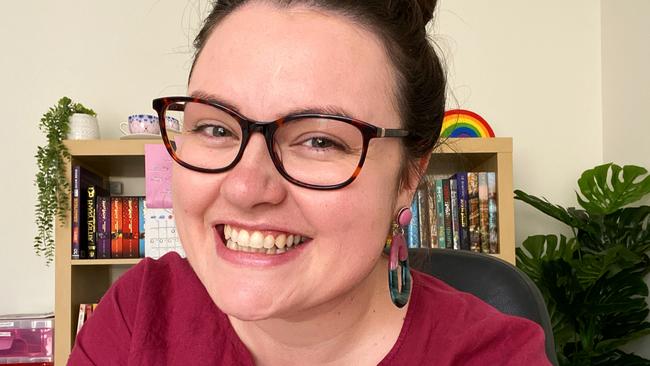Number of kids on ADHD medicines soars 80 per cent
Governments are under pressure to provide more resources to kids with ADHD as drug use soars 80 per cent.
National
Don't miss out on the headlines from National. Followed categories will be added to My News.
Exclusive: A lack of access to alternative care is being blamed for an 80 per cent increase in the number of kids using ADHD medication.
Disturbing new department of health data shows the number of children under 17 taking the medication has exploded from 75,000 in 2013 to 135,895 in 2019.
Clinicians and ADHD Australia want the condition fast-tracked for inclusion in the National Disability Insurance scheme (NDIS), and for nurse led community care to improve outcomes for those with the condition.
“Under our current system the only person who you can get help from at the moment is the doctor, and for what is affordable for the family, the only thing the doctor is able to do is to provide support with medication,” ADHD Australia Chief Professor Michael Kohn said.

Some academics question the criteria for diagnosing the condition and claim doctors and the pharma industry are trying to medicalise normal human behaviour to sustain a $100 billion a year “for profit ADHD industry”.
Recently the UN Committee of the Rights of the Child called out Australia for having among the highest prescription rates of these drugs in the world.
NSW had highest number of children under 17 years on ADHD Drugs in 2019 (47,816 kids), followed by Qld (35,755), Victoria (25,350), WA (14,871) and SA (4993).
Professor Kohn said governments had stripped away school-based learning assistants for children with the condition and barred it from the NDIS.
A recent survey by the association found parents were spending $5000 per child — out of their own pockets — on testing for the condition and visits to psychiatrists.
“You can only use what you can access and perhaps the connection could be made that without those additional resources, medication is used in instances where other supports could replace it,” Professor Kohn said.

A Deloitte report estimated one million Australians had ADHD, including five to seven per cent of children, or one in every classroom.
Advances in diagnosing the condition were presented at an August international conference in which functional MRI scans identified different patterns of brain networking in people with ADHD, Professor Kohn said.
The association is working with the NSW Departments of Health and Education to trial a new model of care for children with ADHD using nurse care, psychology support, occupational therapy and help with schooling.
Next week the association will unveil resources for teachers on its website to help them tailor learning for children with the condition.
Former teacher, MP and academic Dr Martin Whitely has been a long-time critic of the diagnosis and management of ADHD.
Dr Whitely said global sales of ADHD medications were anticipated to total $A30.49 billion this year alone. By 2030, he said they would double to $A61 billion.
This was even though “no diagnostic biomarker, cause or cure has been established” for the condition, he said.
The idea that fidgeting, not listening, playing loudly and interrupting is evidence of a psychiatric disorder or using amphetamines on developing brains is bulls —t,” Dr Whitely said.

Kath Mazylas, 40, and son Otto, 8, both have ADHD and have struggled to get help with home learning during Covid.
Ms Mazylas, from Torquay, Victoria, said Otto did not use ADHD medications because he was not violent and there was no evidence the drugs would help him retain information at school.
“Melatonin was our game changer because I never realised how much Otto was struggling to fall asleep and then stay asleep,” she said.
“I’m not pro-medication but I’m not anti it either. It’s just if my child doesn’t need to have those meds, I’m just really don’t want to give it to him at all.
“But it does mean that I do have to be a lot more active and watch our diet and stuff, it’s not easy it’s definitely not the easy route out either.”
She said Otto learned best in hands-on situations, such as a maths lesson dividing ingredients, while cooking or bike riding.

Teacher Ceri Edwards was diagnosed with ADHD at the age of 30 after resigning from her career.
“It affects your executive functioning skills, planning, organisation, self-control, task initiation, time management, working memory, attention, your flexibility when faced with changes, or things that make you uncomfortable or anything like that,” she said.
The upside of the condition is her out-of-the-box neuro-divergent thinking has given her the skills to launch many businesses including a website and magazine that offers resources to teachers, as well as a podcast, which is about to reach 100,000 downloads.





